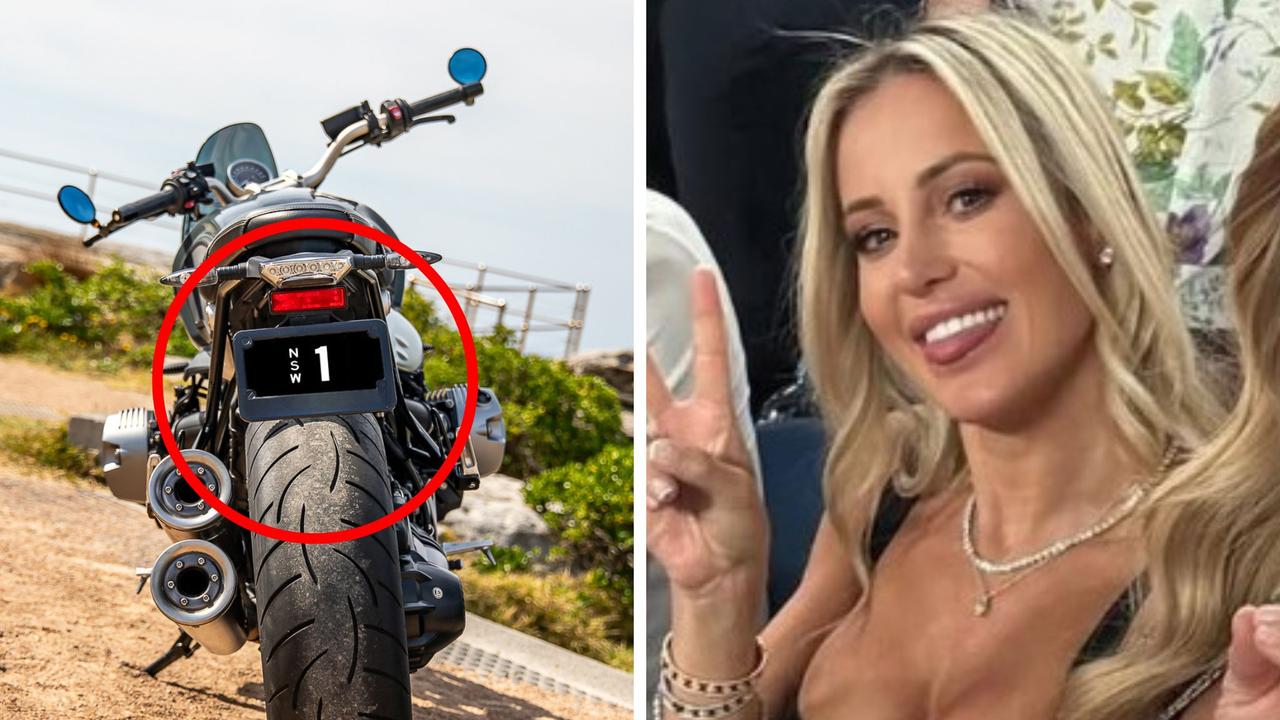2024 Toyota HiLux mild hybrid confirmed for Australia
Australia’s favourite car brand will add vital technology to the country’s best selling vehicle. Here’s what we know so far.
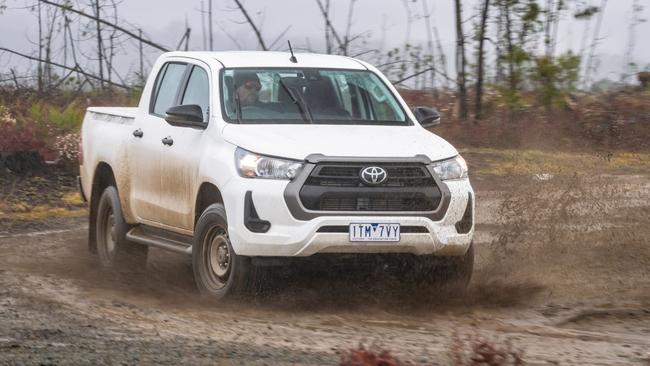
Motoring News
Don't miss out on the headlines from Motoring News. Followed categories will be added to My News.
Toyota has confirmed a long desired hybrid version of its best selling HiLux ute.
Not all hybrids are created equal, though.
The HiLux hybrid is set to use 48-volt technology when it arrives next year; this technology is often referred to as a mild hybrid.
In its announcement to the media Toyota Australia wouldn’t refer to the updated HiLux as a hybrid instead opting to reference the 48-volt technology. Every other car maker calls this type of vehicle a hybrid.
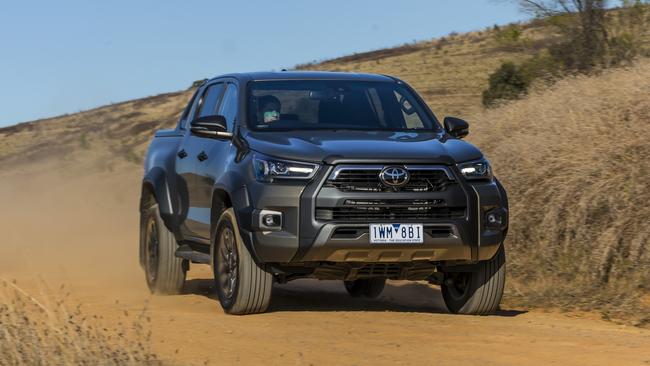
Instead of using an electric motor and small battery to help drive the wheels as is usual in hybrid Toyotas, the 48-volt version acts as a starter motor and assists for short periods of cruising.
Toyota will fit the technology as standard to its more expensive HiLux SR5 and Rogue variants with it to be an option on the lower grade SR version.
Toyota Australia said the addition of the hybrid tech will reduce fuel use by about 10 per cent compared to the current versions.
This would drop the fuel use in the SR5 and Rogue models from 8.4L/100km to about 7.5L/100km.
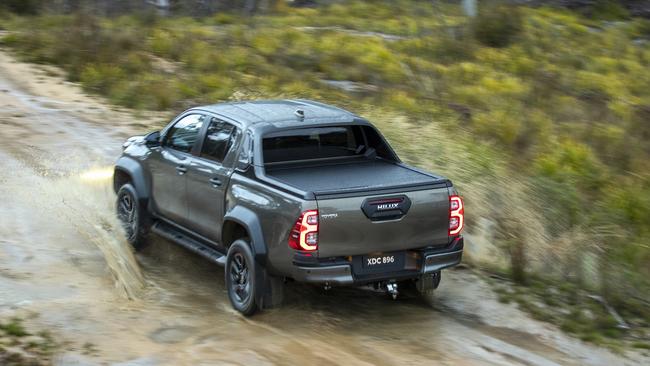
Standard hybrid tech as found in the RAV4 Hybrid and others generally reduce fuel use by 25 per cent or more.
Sean Hanley, Toyota Australia’s head of sales and marketing, said the company is constantly striving for ways to reduce their environmental impact and the addition of the 48-volt hybrid technology demonstrates that.
“We are continually striving to reduce the fuel consumption of our vehicles to help reduce on-going costs for customers, as well as helping reduce our environmental impact, and the addition of 48-Volt Technology to our biggest-selling vehicle line will contribute to this,” said Mr Hanley.
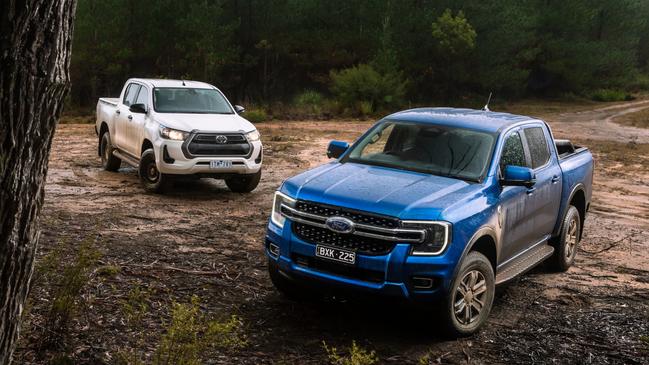
“This new technology will not only improve fuel consumption, but customers will also benefit from enhanced on and off-road performance, making the HiLux even more appealing for a weekend away or longer term excursion into the outback,” he said.
The company made assurances that the hybrid tech would have no impact on the car’s capabilities and it maintains its 3500kg braked towing capacity.
Toyota has long resisted the call to add hybrid power to its big diesel-powered vehicles such as the HiLux, Prado and LandCrusier.
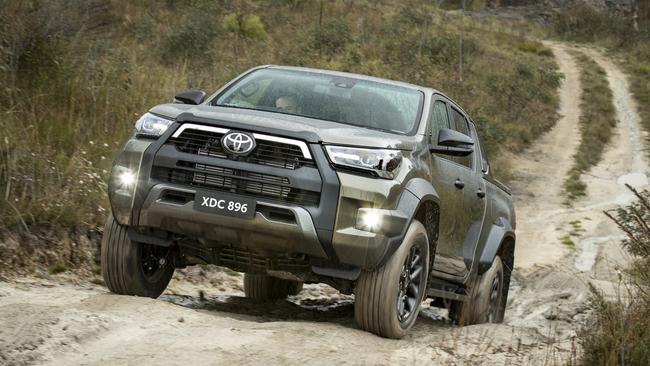
This move to install the tech in the HiLux could result in a mild hybrid version of the new Prado, which is due next year. The next-generation Prado is expected to use the same diesel engine as the current HiLux that is being fitted with the 48-volt technology.
Toyota has come under intense scrutiny lately for its slow roll out of electric vehicles, with the company instead focusing on a range of alternate fuel technologies such as hybrids, hydrogen, synthetic fuels and battery electric vehicles.
Hanley has said that hybrids are the better solution than battery electric cars right now to reducing emissions.
“We know that BEVs will play an increasingly important role in cutting carbon. But advocating for a BEV-only approach right now is not in the best interests of consumers or the environment,” he said.
He said the high cost of EVs, the shortage of critical minerals for their production and the lack of charging infrastructure meant it was too early for mass adoption.
“For now, hybrids are a better fit than BEVs for most consumers. They’re cars for the masses, not for the few,” he said.
The company’s first fully electric car, the bZ4X, is due to arrive in Australia by the end of this year.


